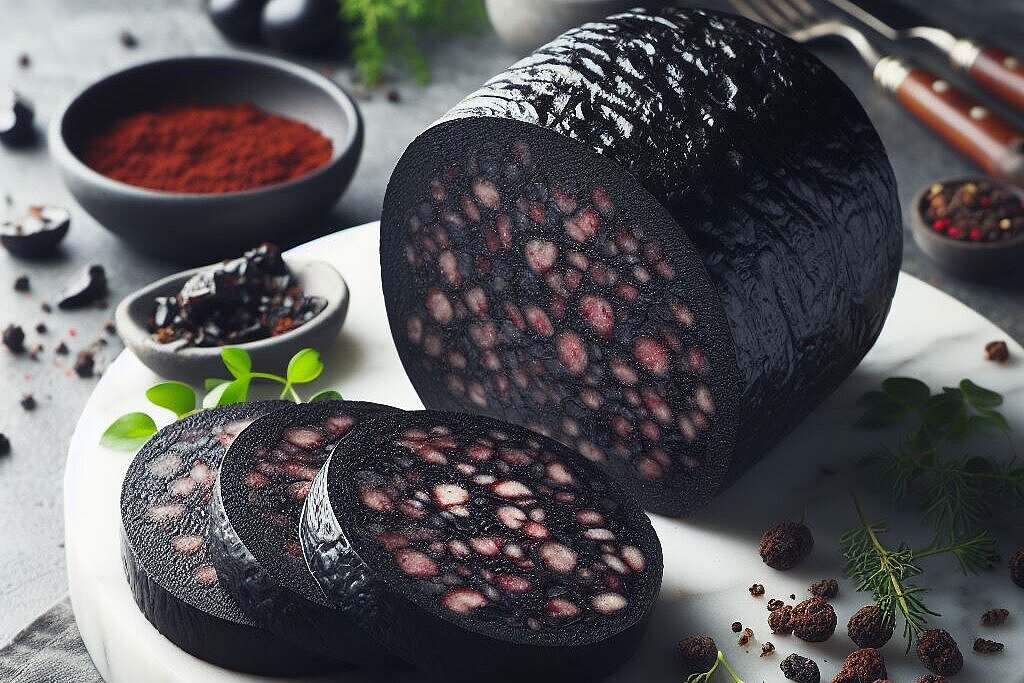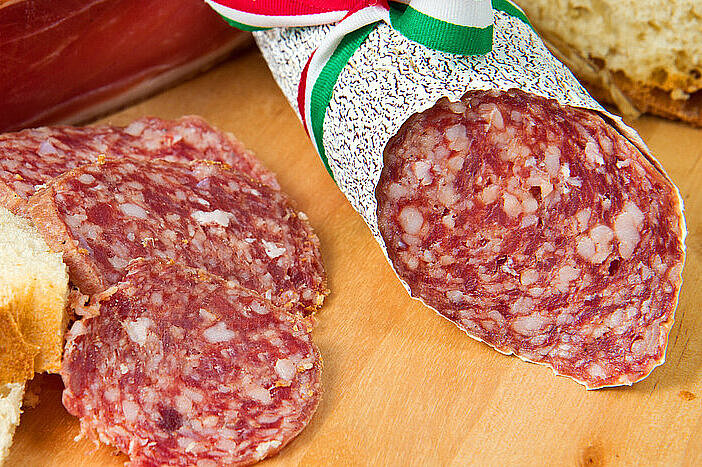Chorizo

The diet of our four-legged friends is always at the center of discussions among dog owners. With a growing interest in varied and tasty food for dogs, chorizo, a spicy sausage specialty, is also coming into focus. But is it really a good idea to share this human delicacy with our dogs? In this article, we take a detailed look at chorizo in the context of dog nutrition and highlight both the advantages and disadvantages of this spicy sausage.
What is chorizo?
Chorizo is a spicy sausage that originated in Spain and Portugal. It is typically made from pork that is enriched with a mixture of spices, including paprika, garlic and herbs. The sausage can be found in both fresh and dried form and is known for its intense flavor and bright red color.
Benefits of chorizo for dogs
Intensity of flavor
- Palate Pleaser: Without a doubt, chorizo can be a treat for dogs because of its rich, spicy flavor. It can be offered as a special treat in small quantities.
Protein source
- Protein content: Chorizo contains proteins that are important for muscle development and tissue maintenance in dogs. Proteins are an essential part of a dog's diet.
Disadvantages of chorizo
High fat and salt content
- Health risks: Chorizo has a high fat and salt content, which can be harmful to dogs. Excessive salt consumption can lead to dehydration, increased blood pressure and, in the worst case, poisoning. A high fat content can contribute to obesity and pancreatitis.
Spices and onions
- Toxic ingredients: The spices and especially onions contained in chorizo can be toxic to dogs. Onions and garlic can cause gastrointestinal discomfort and can lead to the destruction of red blood cells at higher levels.
Risk of digestive disorders
- Digestive problems: The rich spices and high fat content of chorizo can cause digestive problems such as diarrhea and vomiting. Dogs with sensitive stomachs are particularly at risk.
Long-term health problems
- Chronic diseases: Regular consumption of highly processed meats like chorizo can increase the risk of chronic health problems in dogs, including heart disease and diabetes.
While it may be tempting to allow our dogs a bite of our favorite cured meats, it's important to put the welfare of our furry friends first. The potential risks associated with eating chorizo far outweigh the short-term pleasures it could offer. A responsible dog diet should focus on products specifically designed for dogs that are both safe and nutritious. Occasional treats should be carefully selected to avoid health problems. Ultimately, it is our responsibility as dog owners to protect the health and well-being of our dogs by making wise and informed nutritional choices.
If you notice any signs of hypersensitivity or poisoning in your dog, you should see your vet immediately. We are not a substitute for a vet, but we try to be as accurate as possible. Every dog reacts differently and we recommend you get a second opinion or consult your vet if in doubt.
Stay healthy and take good care of your four-legged friend!😊
Similar to Chorizo
The irresistible temptation of Teewurst Teewurst is a German sausage specialty traditionally made from raw pork and beef. It is characterized by its spreadable consistency and its mild to smoky...
Blood sausage is a sausage made from fresh or cured blood, usually from pigs. The blood is mixed with pre-cooked rinds, bacon, meat and spices such as salt, pepper, marjoram, thyme, allspice and...
Salami is a raw sausage made from various types of meat, mainly pork. The meat is finely or coarsely minced, mixed with salt and spices such as pepper, garlic or paprika and stuffed into casings....
A culinary introduction Mettwurst is a traditional German type of sausage that is mainly made from raw pork and preserved by air-drying or smoking. Depending on the region and recipe, Mettwurst can...



